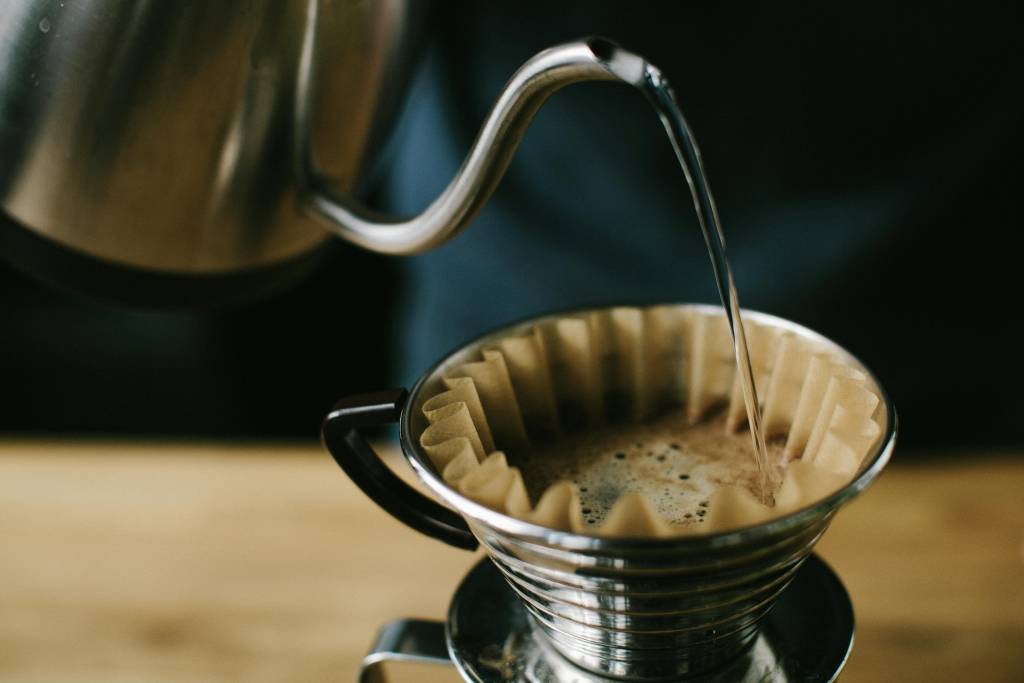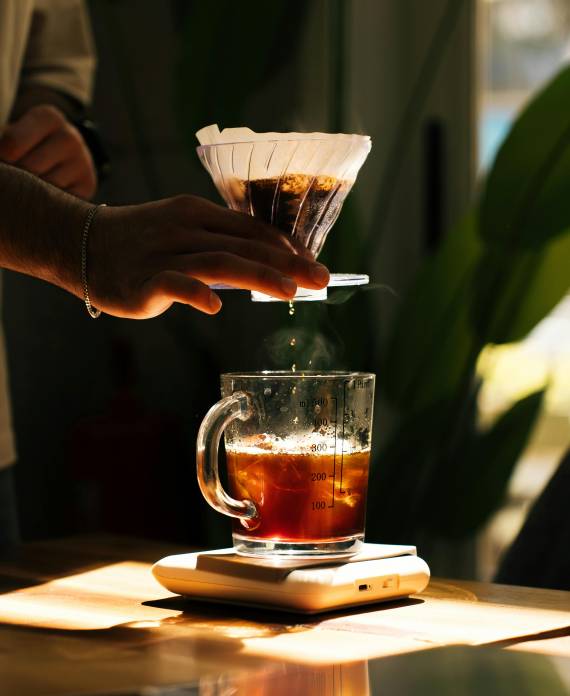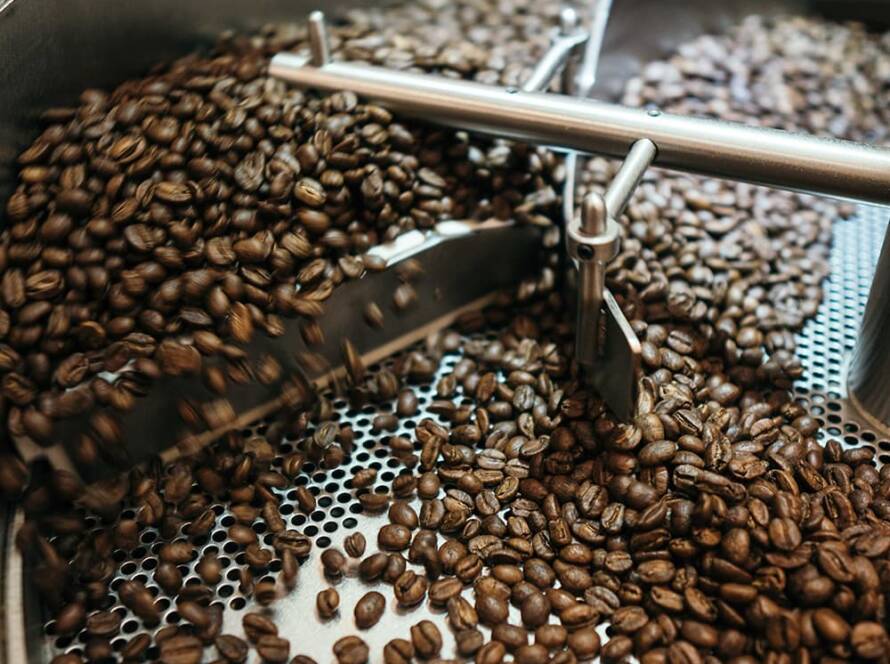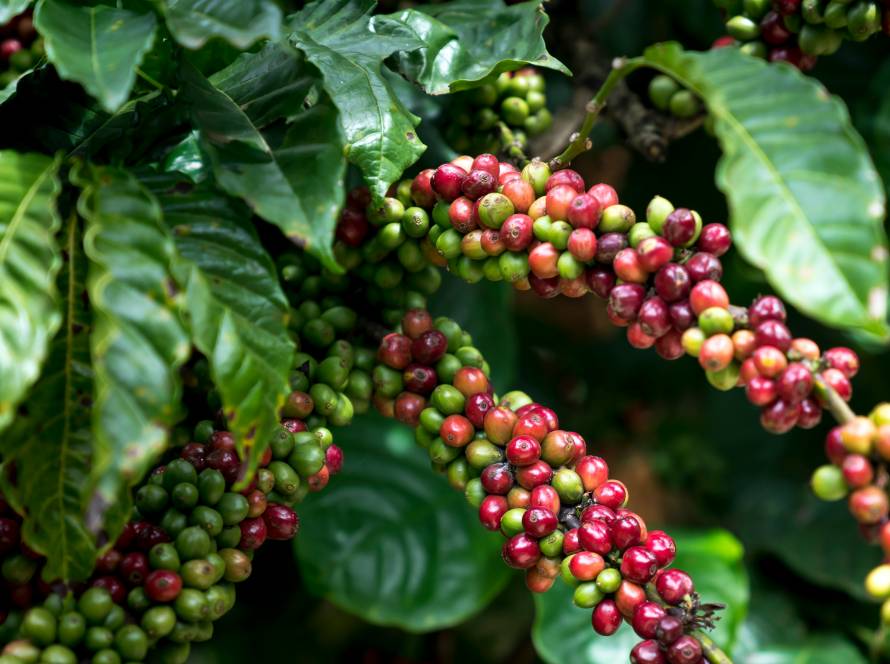
Tasting Specialty Coffee Like a Pro
Have you ever taken a sip of coffee and noticed hints of berries, chocolate, or citrus? If so, you’ve already started exploring the fascinating world of coffee tasting. But if not, don’t worry — there’s a tool that can help you train your palate and elevate your experience: the Coffee Taster’s Flavour Wheel.
This vibrant wheel is more than just a colourful chart coffee professionals use worldwide. It’s a guide that helps you understand, articulate, and enjoy the unique notes found in specialty coffee. Whether you are new to tasting or want to refine your skills, this guide will help you break down flavours like a pro.
What is the Coffee Taster’s Flavour Wheel?
The Coffee Taster’s Flavour Wheel was created by the Specialty Coffee Association (SCA) and World Coffee Research. It visually maps out a wide range of flavour descriptors — from simple notes like “fruity” and “nutty” to specific ones like “apricot” or “hazelnut.” It’s a powerful tool for identifying what you’re tasting and understanding how different factors (origin, processing method, roast level) influence your cup.
By referencing the wheel, tasters can move from general flavours to more specific ones, training their senses. This is especially helpful when tasting high-quality, single-origin beans, like our specialty coffees from Honduras, Colombia, and Peru.
How to Use the Flavour Wheel
- Start With a Clean Palate
Avoid strong foods or drinks before tasting. A clean palate helps you notice subtle flavours more easily. - Brew a Fresh Cup of Specialty Coffee
Use freshly ground beans, filtered water, and a brewing method that enhances flavour clarity (like pour-over or French press). If you’re new to brewing, check out our Beginner’s Guide to Brewing Specialty Coffee at Home. - Smell First
Aroma is a huge part of taste. Inhale deeply and try to detect any familiar scents. Is it fruity? Nutty? Floral? - Take a Sip and Let It Sit
Let the coffee sit on your tongue and note the flavour, texture (body), and aftertaste. Reference the wheel as you go. - Start Broad, Then Narrow Down
Begin with broader categories like “fruity” or “spicy,” and follow the spokes of the wheel to more specific notes like “blueberry” or “clove.”
Why It Matters: The Value of Tasting Notes
Tasting is more than a fun experience in specialty coffee — it’s part of assessing quality. Professional cuppers (coffee tasters) use flavour notes to score and describe coffee. As a consumer, learning this language helps you:
- Choose the right beans that suit your preferences
- Appreciate the craftsmanship behind each origin and roast
- Develop your palate and enjoy coffee on a deeper level
If you’ve ever read a coffee description and wondered what “bright acidity with notes of red fruit” means, the flavour wheel will help you connect those words to your experience.

Practice Makes Palate
Like wine tasting, learning to taste coffee takes time. Start with various beans from different regions (like our vibrant Honduran coffee, balanced Colombian beans, or our sweet and smooth Peruvian roast) and make tasting a regular ritual.
To dive deeper into what makes a coffee “specialty,” check out our blog:
👉 What Makes Coffee Specialty? Understanding the Standards and Craft Behind Every Cup
Final Sip
Using the flavour wheel is a simple yet powerful way to enrich your relationship with coffee. As you practise, you’ll start to notice new things in every cup — and better understand the incredible diversity within specialty coffee.
Next time you brew, bring out the wheel and take a moment to taste mindfully. You might be surprised by what you find.






